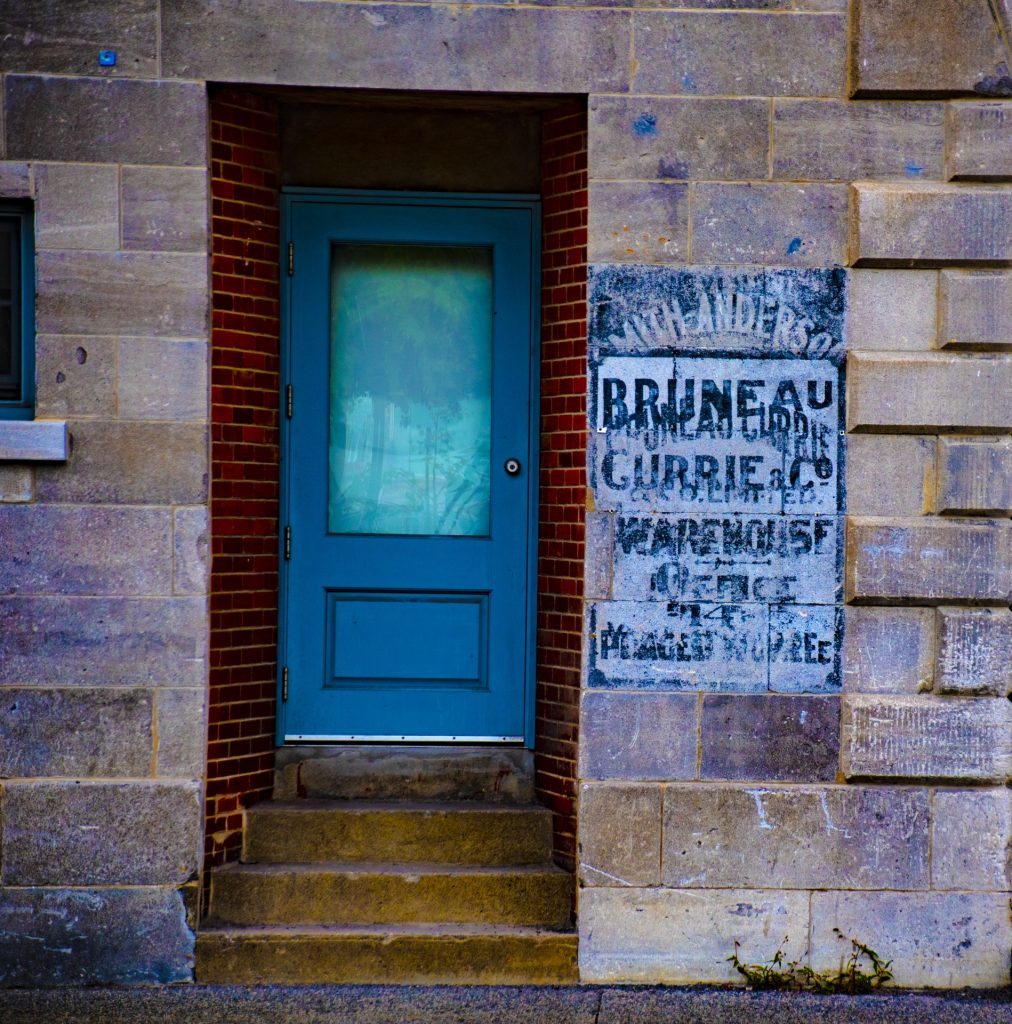
We begin this issue with an announcement. Bird and Beckett Books in San Francisco is hosting a marathon poetry reading on Indigenous People’s Day, Monday October 14th, to benefit the Middle East Children’s Alliance (https://www.mecaforpeace.org/) which provides humanitarian aid to all children of any race or background in Gaza and the West Bank. For a donation to the Alliance of any amount, you can choose a time and come to Bird and Beckett to read any one poem on stage that day. More information here.
Also, several of our contributors invite reviews of their written works. Please feel welcome to contact us and we will put you in touch with the authors.
Noah Berlatsky has a book of poetry recently published from Ben Yehuda Press called *Not Akhmatova*, which is translations/responses/arguments with the work of Anna Akhmatova, thinking about Jewish diaspora.
Daniel De Culla has a collection, Grandparents Dance, that he hopes to publish, and for which he invites reviews. You’re welcome to email him directly at gallotricolor@yahoo.com for a copy.
Duane Vorhees has a book of poetry titled Between Holocausts and invites pre-publication reviews.
Duane Vorhees also offers expertise on a variety of topics and is happy to have writers contact him and pick his brain! Please reach us at synchchaos@gmail.com and we’ll forward your message to Duane.
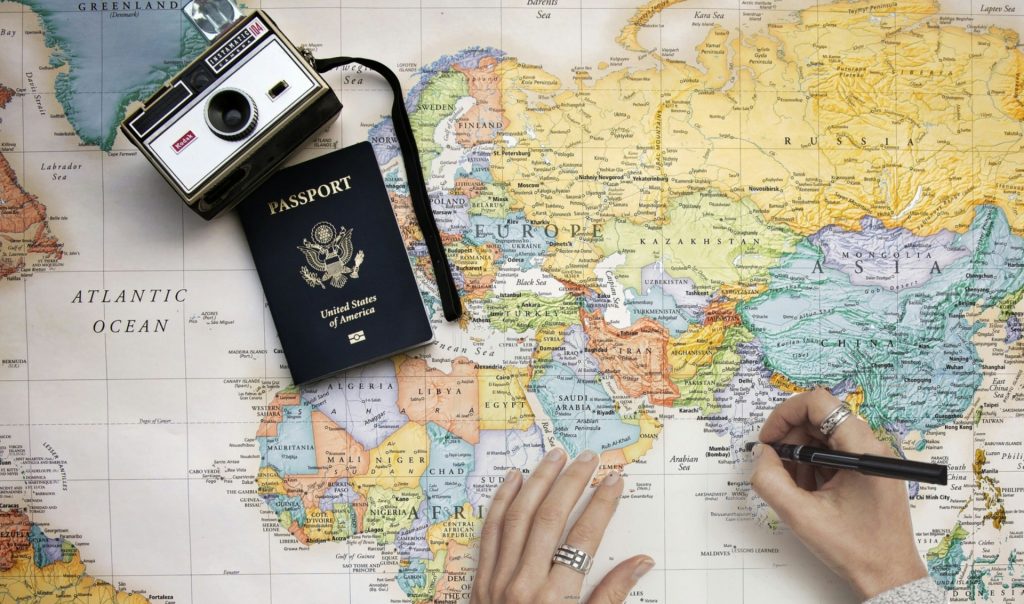
From Duane:
I grew up in rural SW Ohio (actually about 20 minutes from JD Vance’s home). I lived in Montreal when Rene Leveque won the provincial governorship and launched a French domination movement.
I spent most of my active professional career teaching for the University of Maryland to US military. dependents, and locals in Korea and Japan. I currently live in Thailand.
My PhD was on Immanuel Velikovsky (as a result I probably am one of the world’s leading experts, though I have not engaged in the field for a long time).
***************************************************************************
Now, for this month’s second issue, Located.
Our contributors explore and play with the idea of location, of what it means to be somewhere.
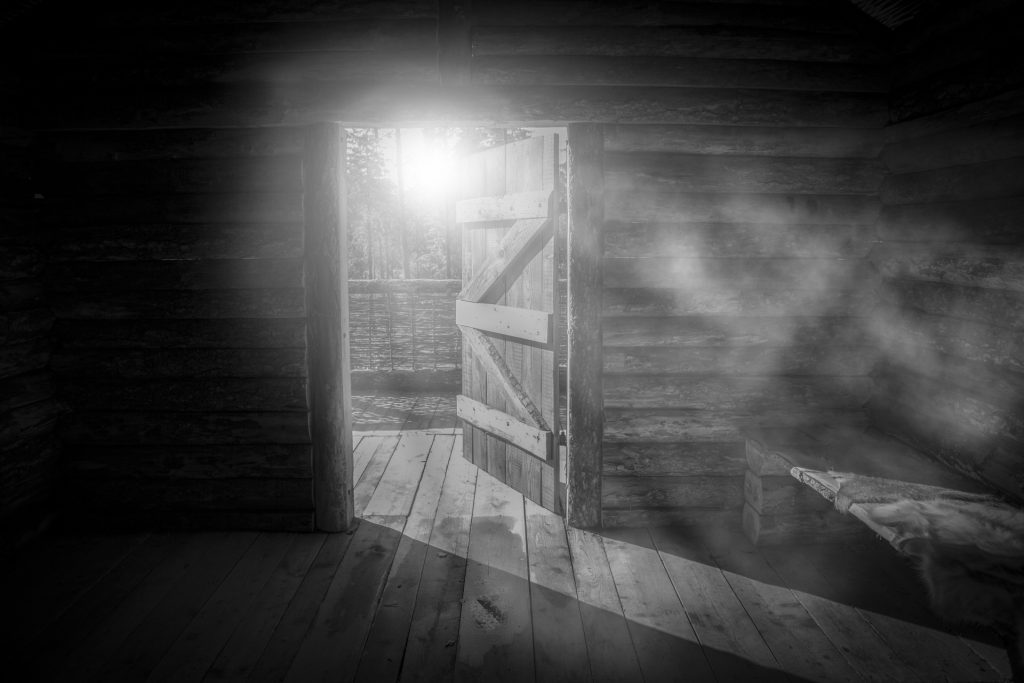
Lorraine Caputo’s verbal postcards serve as windows on South and Central American townscapes.
Brian Barbeito dreamily reflects on a suburban neighborhood where he used to live. Soren Sorensen’s art concerns liminal states and the uncanny: a calm suburban house at night with a vague occult reference, hazy suggestions of sunrises, and an arrangement with a dagger and rose. Robert Fleming reinterprets cows in a multitude of surreal directions. Kylian Cubilla Gomez zooms in for closeups of uncanny or unusual aspects of nature.
Mark Young intermixes text, line, and swathes of color in the artworks he calls ‘geographies.’ Patrick Sweeney crafts little vignettes through his haiku-ish sentence fragments. J.D. Nelson brings us another set of quirky monostich poems, peering into the world with gentle humor and curiosity.
Noah Berlatsky illustrates how art can liberate us from commonplace thinking. Kelly Moyer’s photography renders common objects, even a restroom, intriguing visual and tactile experiences. Grant Guy pays tribute to an artistic faction whose ideas he appreciates as they bring a sense of humor to their speculations on life’s absurdities. Doug Holder describes the visceral experience of listening to Etta James.
AG Davis conveys the psychological weight of dislocation in his poetic piece. Ahmad Al-Khatat’s short story evokes the despair and helplessness of soldiers in wartime who cannot return home. Alexander Kabishev evokes the fear and despair of the blockade of Leningrad in his memoirs, a time when home became unrecognizable.
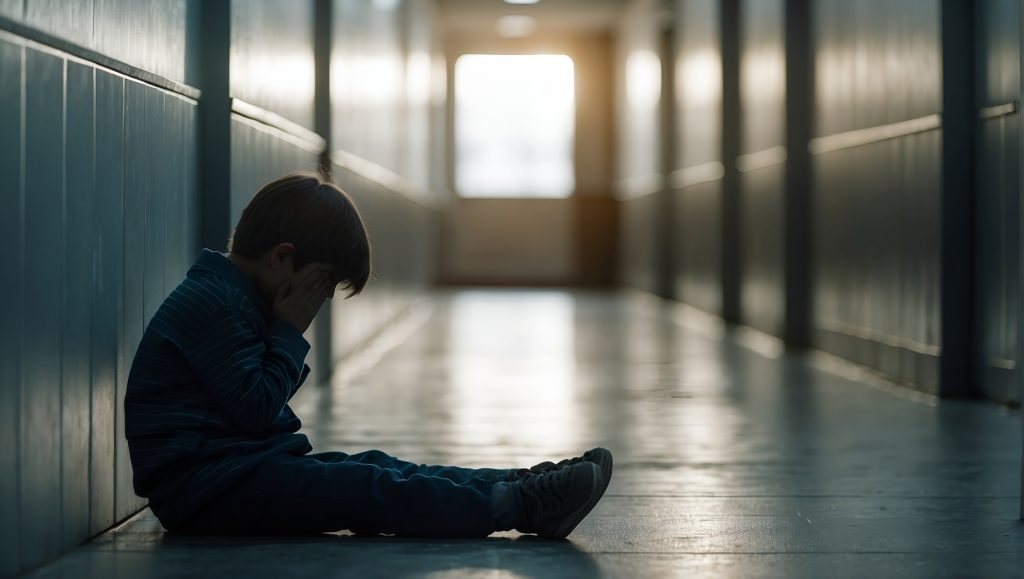
Christopher Bernard envisions the impact of an imagined disaster tearing at the heart of the American city as Pat Doyne pokes fun at Donald Trump’s recent comments on urban immigrants.
Parichita Saha explores the roles of Greek and Roman mythologies in their respective cultures. Z.I. Mahmud explores how W.B. Yeats’ poem Leda and the Swan relates the themes of the Greek myth to the Ireland of his time, situating the story within his own world. Kahlil Crawford celebrates the power of language to provide shelter and refuge and to convey and inspire thoughts that go even deeper than human culture. Aminova Oghiloy pays tribute to the culture and scholarly work done in her region of Turtkul, Uzbekistan.
Texas Fontanella ponders whether the answers to life’s ultimate questions are simple or complex and whether we stand a chance of figuring them out.
Maja Milojkovic finds belonging and peace through a very personal faith and sees the inspiration of the Lord in nature. Michael Robinson reflects on the steady and caring hand of the Lord throughout his life as a Christian in two pieces, here and here. Mahmud Dzukogi speaks to the spiritual grounding people receive through faith, compassion, and ethics.
Jacques Fleury reminds religious leaders and adherents of our common humanity before God. He points out that racial marginalization can manifest within church settings as well as in the secular world and must be confronted as part of the practice of faith.
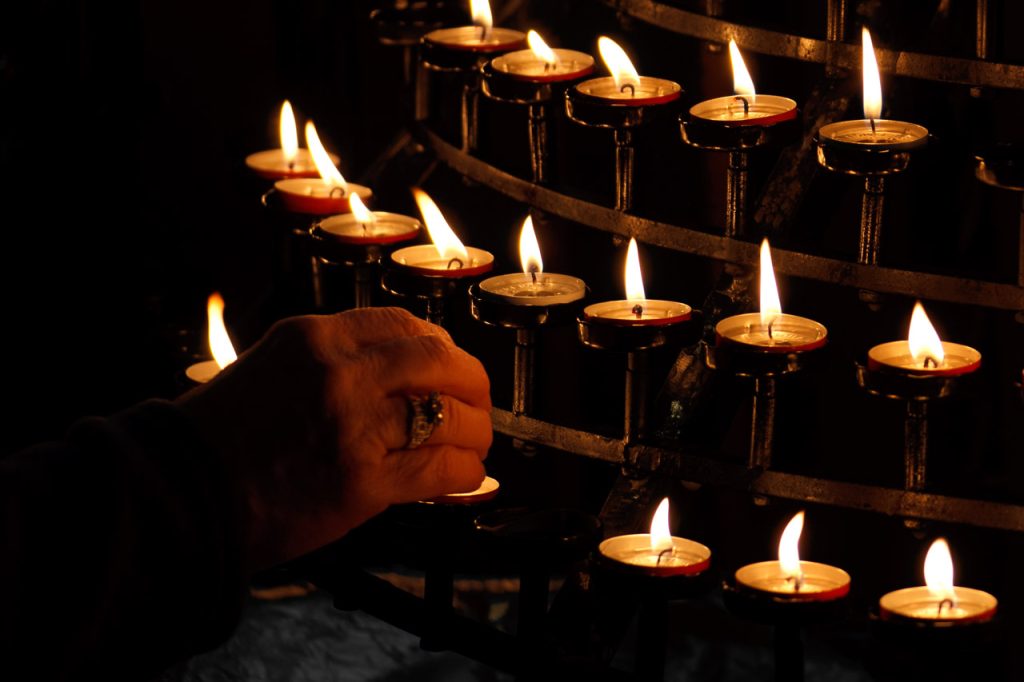
Mesfakus Salahin reminds us that we are all equal at the moment of death. Eva Lianou Petropoulou urges readers to hold onto innocence in a harsh world. Daniel De Culla captures a loss-of-innocence moment for a young and naive girl.
Some contributors speak to inclusion and belonging within society. Mykyta Ryzhykh laments the callousness of humanity towards the vulnerable. Nahyean Taronno memorializes the courage of student protesters who recently changed the course of Bangladeshi society. Rakhimjonova Mashhura highlights Uzbekistan’s efforts to include children with disabilities in the national education system.
Salihu Muhammad Ebba reminds us of the ubiquity of disease and biological predators and our shared human biological vulnerability. Raquel Barbeito brings a tender eye to her drawings of cats and people, crafting images with colors and lines softly fading into each other.
Many writers find their spiritual and emotional home with another person, or wish to do so. Jasna Gugic expresses the beauty of close, yet wordless, intimacy. Fadwa Attia celebrates the deep and steady love she has found with her partner. Mahbub Alam also speaks of a tender, intimate love. Faleeha Hassan expresses each of the ways in which a close relationship affects and inspires her life. Dr. Prasanna Kumar Dalai contributes delightful rhyming romantic sonnets. Dilnura Kurolova highlights the value of close friendship.
J.J. Campbell speaks to the years-long pain of lost love. Nosirova Gavhar shares a tragic tale where a man recovers from his injuries, yet loses the love of his life. Graciela Noemi Villaverde reflects on the emptiness of her home as she grieves a loved one. Otteri Selvakumar shares his hopes for an honest conversation between lovers to clear the air.
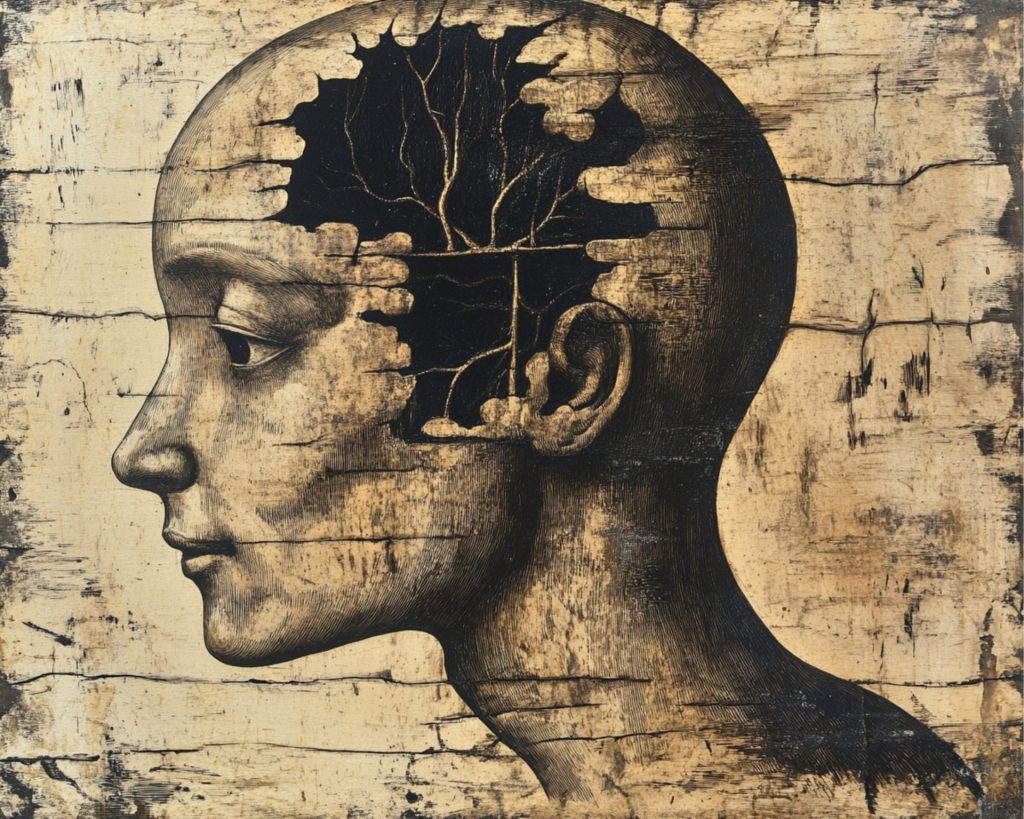
David Sapp reflects on his connection to his father across generations through their shared boyhood collections. Lidia Popa reflects on the memory of those ancients who have died and been lost to history. Isabel Gomez de Diego highlights the smallness of humans, mere children amid the size of nature and culture.
O’tkir Mulikboyev speaks to the depth and breadth of cultural and natural history in the voice of a river flowing to the sea. Sayani Mukherjee muses on rivers, and other natural phenomena, as reminders of impermanence. Utso Bhattacharyya celebrates the wisdom of ecologically sustainable development, including drawing hydroelectric power from moving water.
Jerome Berglund captures and celebrates moments and the flow of time in his mixed media art. Duane Vorhees speaks of physical intimacy, aging, and love and art in his poetry.
Elmaya Jabbarova compares human emotion to the rainbow, asserting that a wide range of feelings are natural. Sandy Rochelle urges us not to fear suffering, but to learn as much as we can by all of our life experiences.
Taylor Dibbert reflects on a past relationship with hard-won wisdom. Tuliyeva Sarvinoz walks away from an unequal relationship and finds true love. She also celebrates the moral vision and courage in Said Ahmad’s novel Silence.
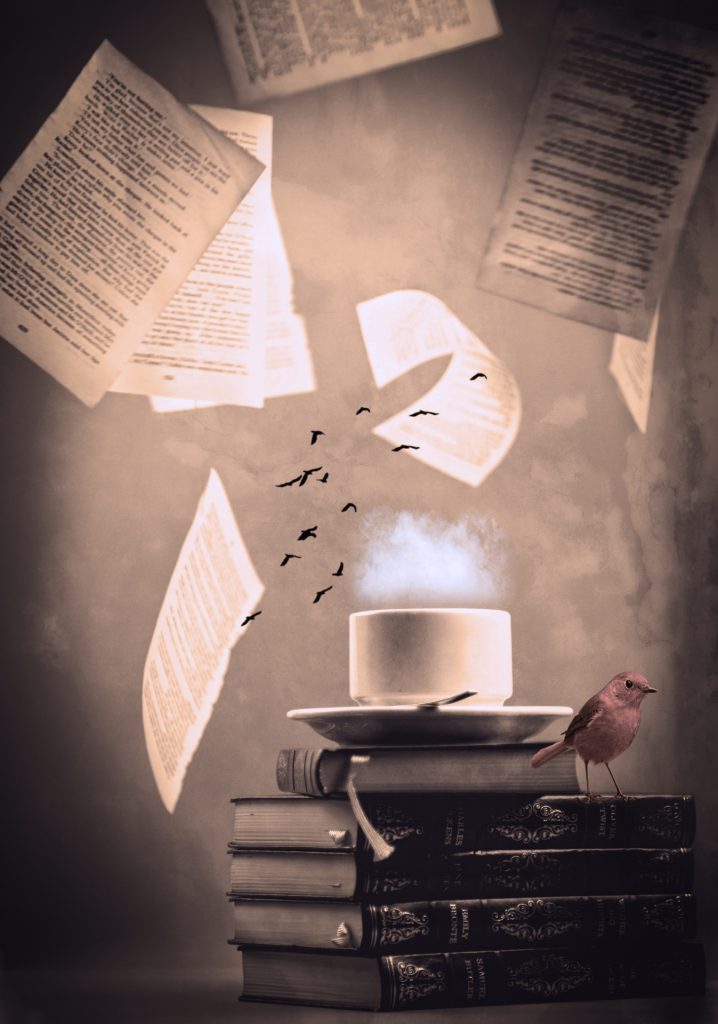
Lilian Dipasupil Kunimasa illustrates the pain of social rejection and abuse, yet reminds us that every season passes, like the night back into day. Dr. Jernail S. Anand offers up wisdom for various stages of life. Ilhomova Mohichehra speculates on life’s mysteries while watching the rain and asserts that on a future sunny day, she will choose to be happy. Idris Sheikh conveys the strength of hope through a poem about seeds. Thaalith Abubakar Gimba affirms his hope for the future despite others’ cynicism.

May your weddings be blessed!
May your life be filled with light,
May your dreams come true.
On your most beautiful and joyful day,
May your weddings be blessed.
May the groom have honor and devotion,
May the bride have a beautiful smile.
May no one cast an evil eye on your happiness,
May your weddings be blessed!
Today, relatives and friends gather,
May your faces always be bright.
May everyone envy you,
May your weddings be blessed!
Author: Marjona Jo’rayeva Baxtiyorovna